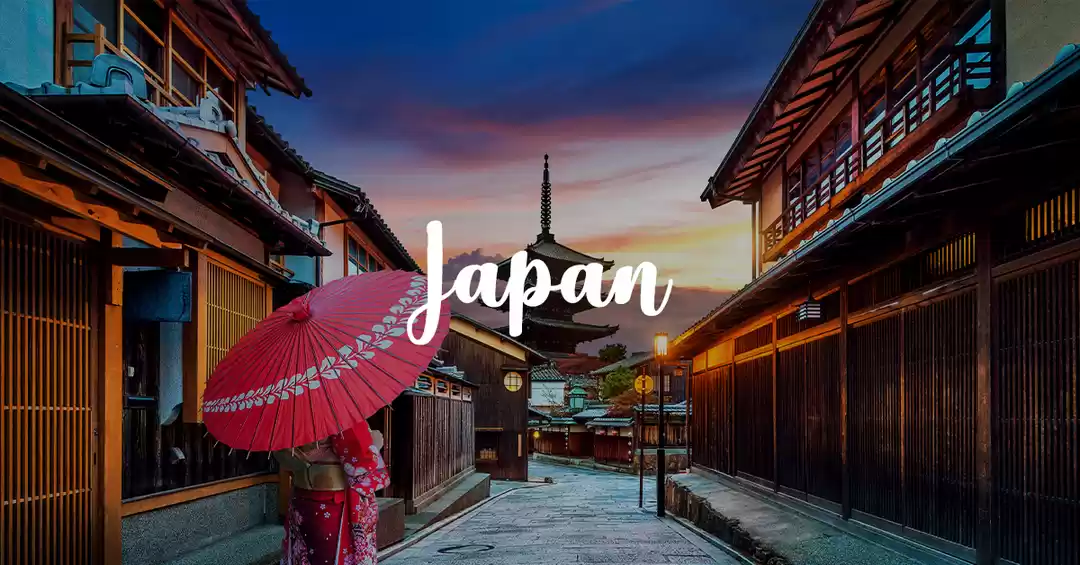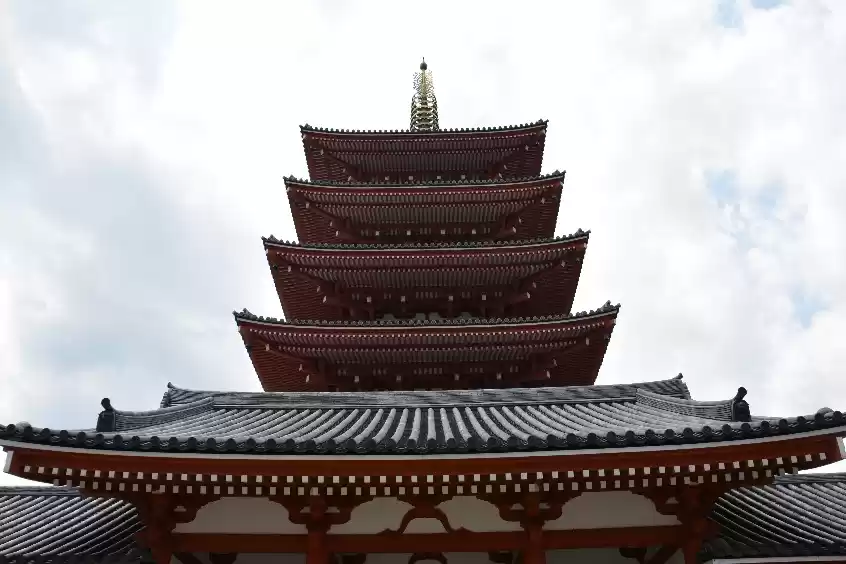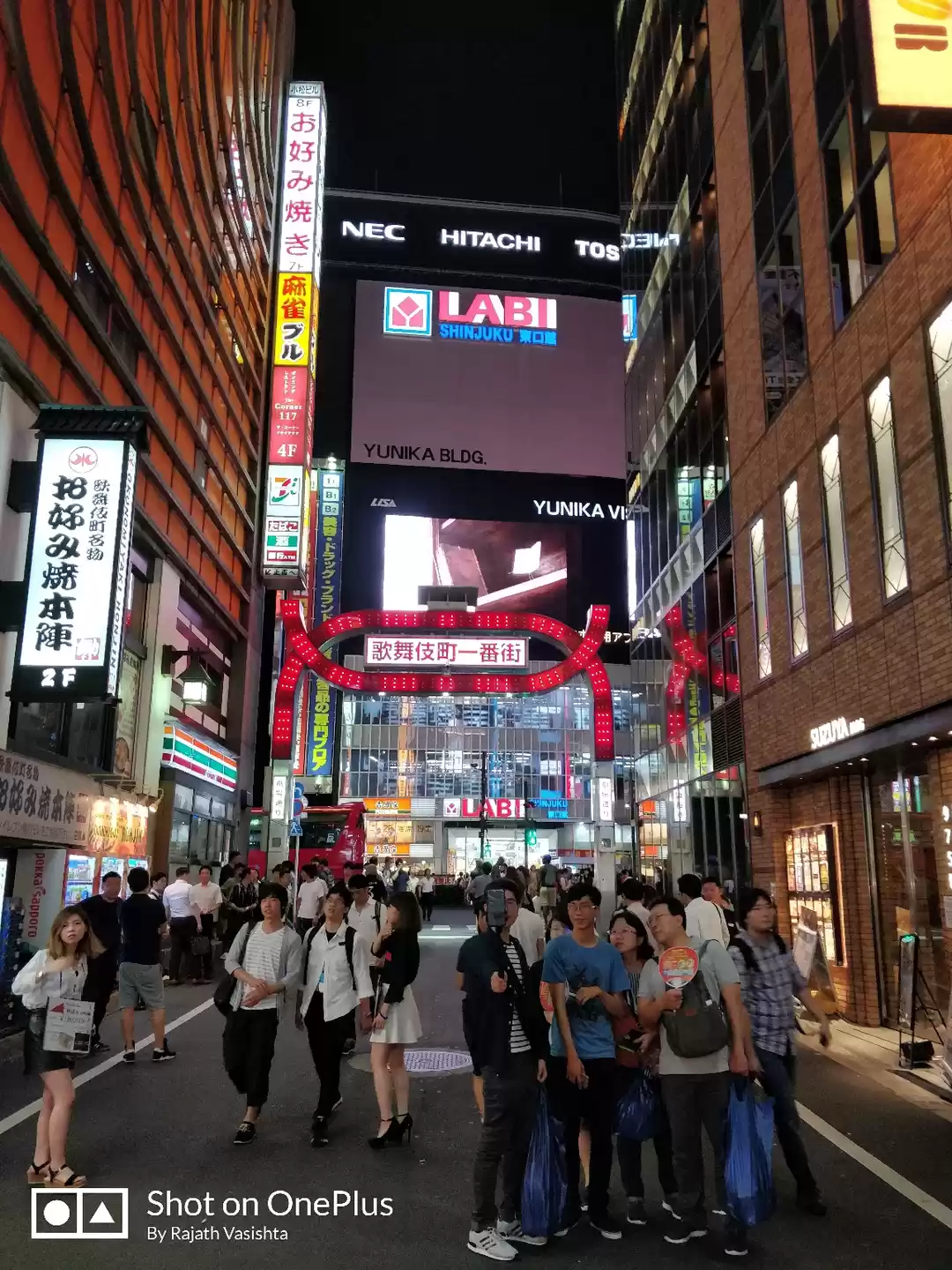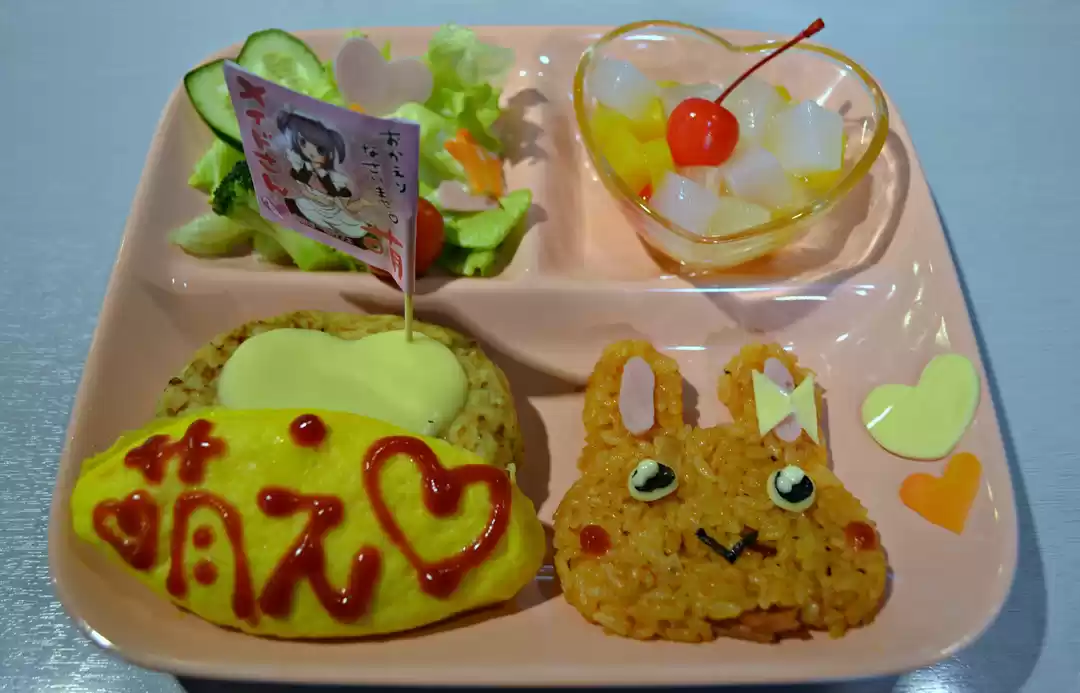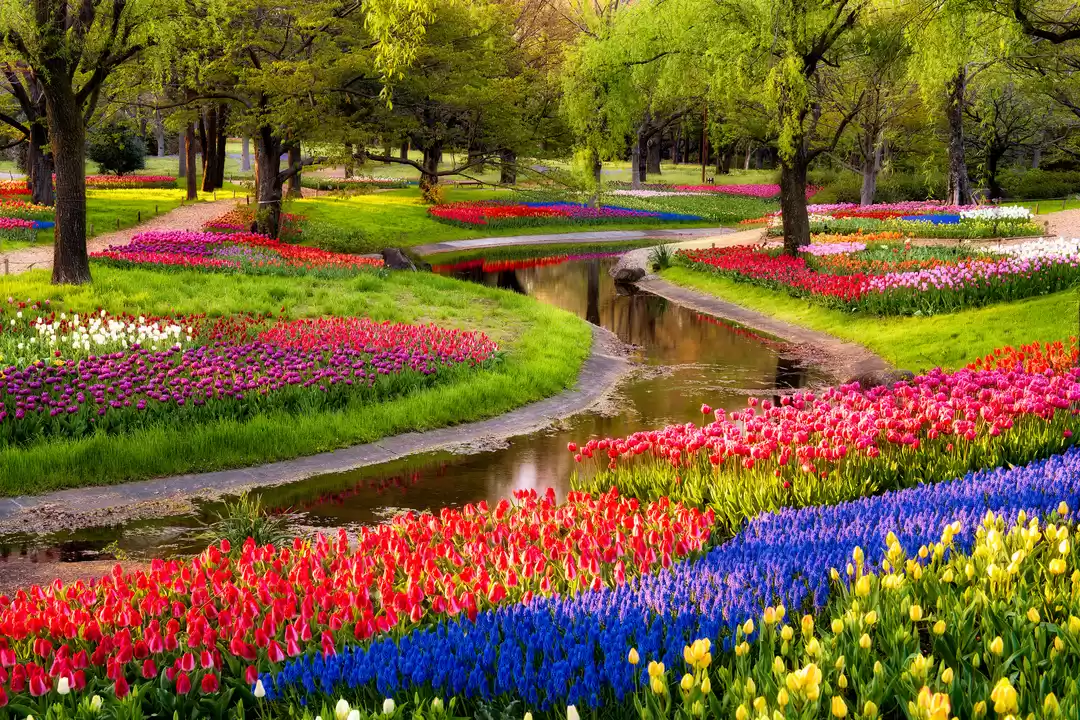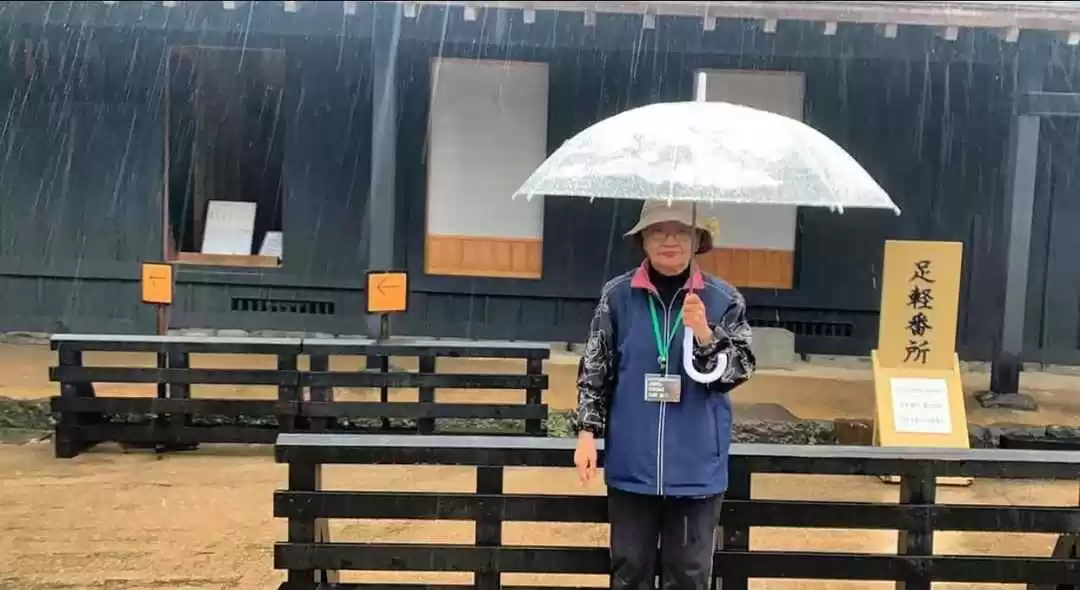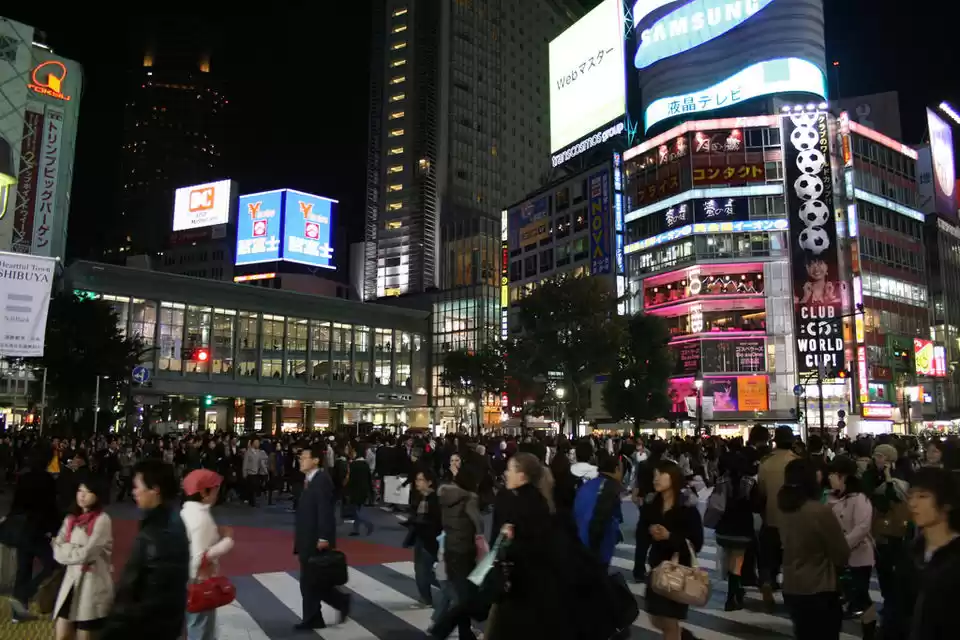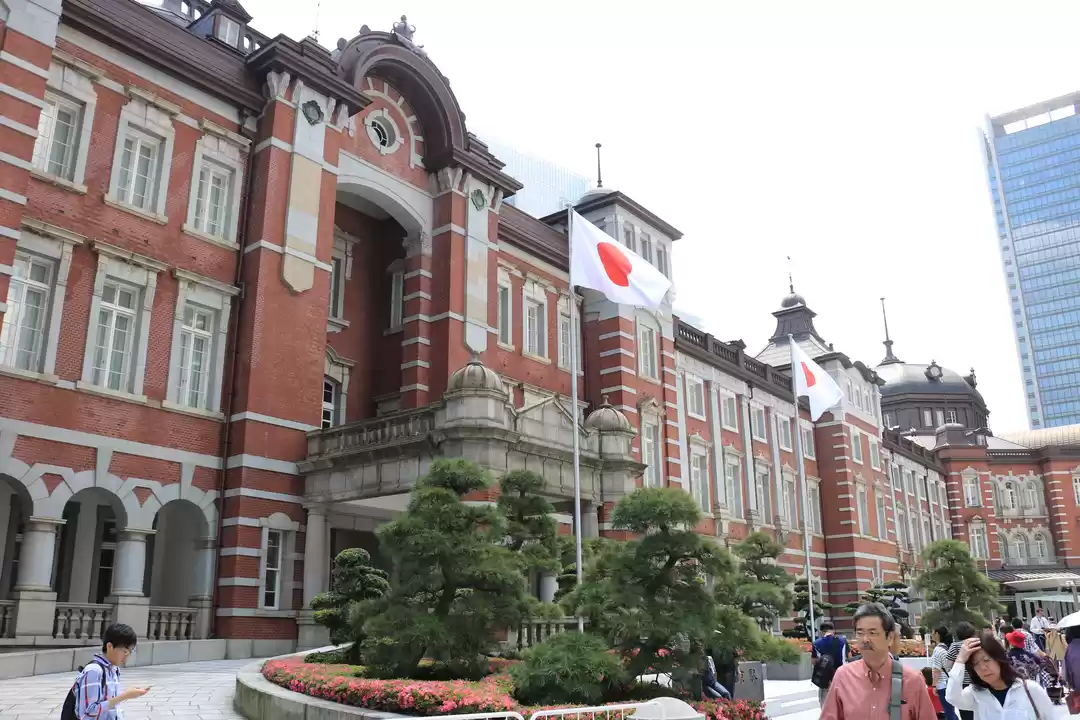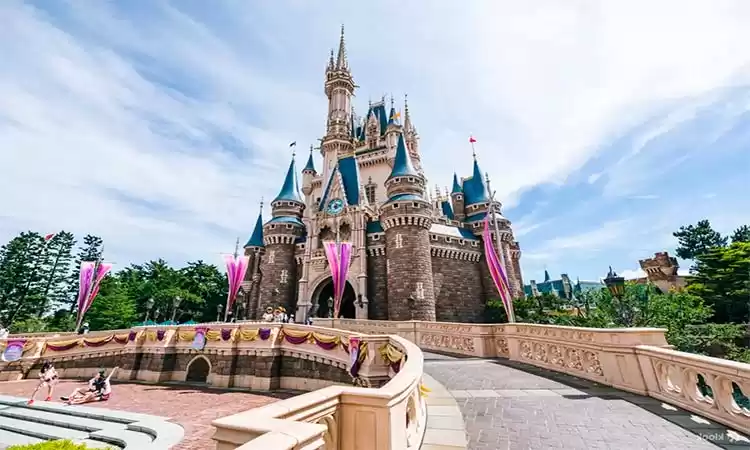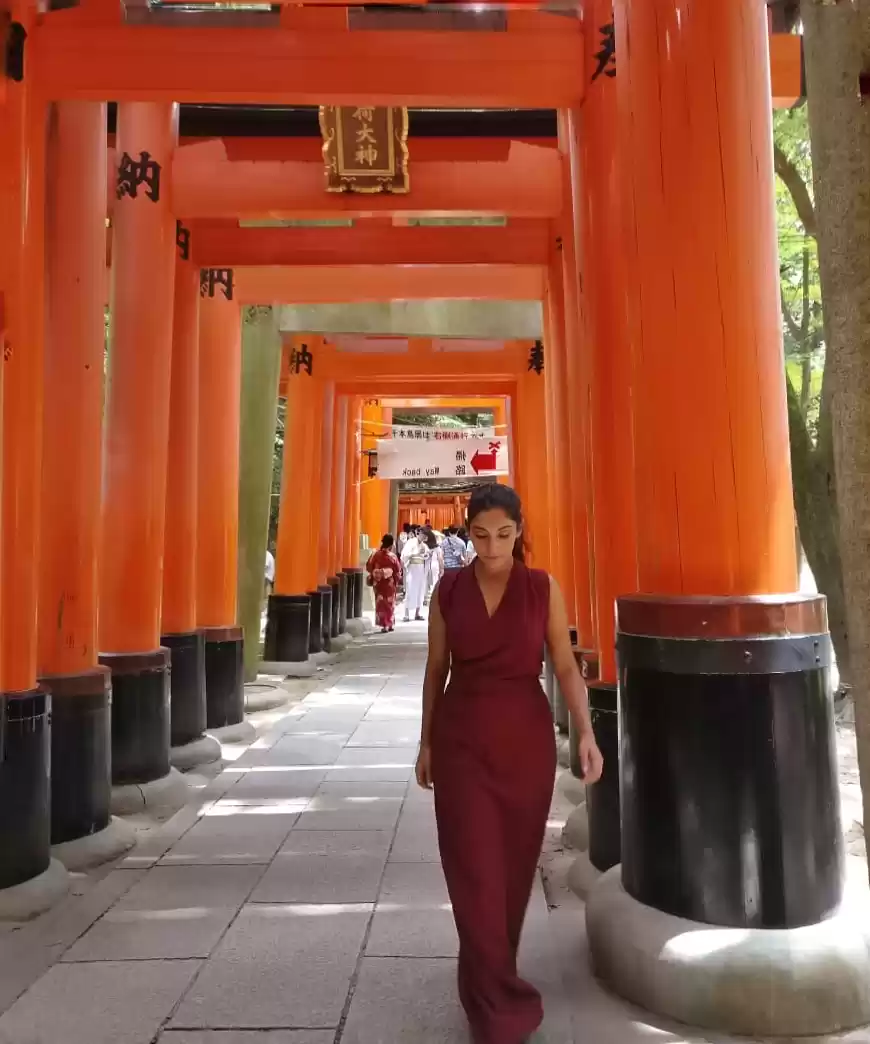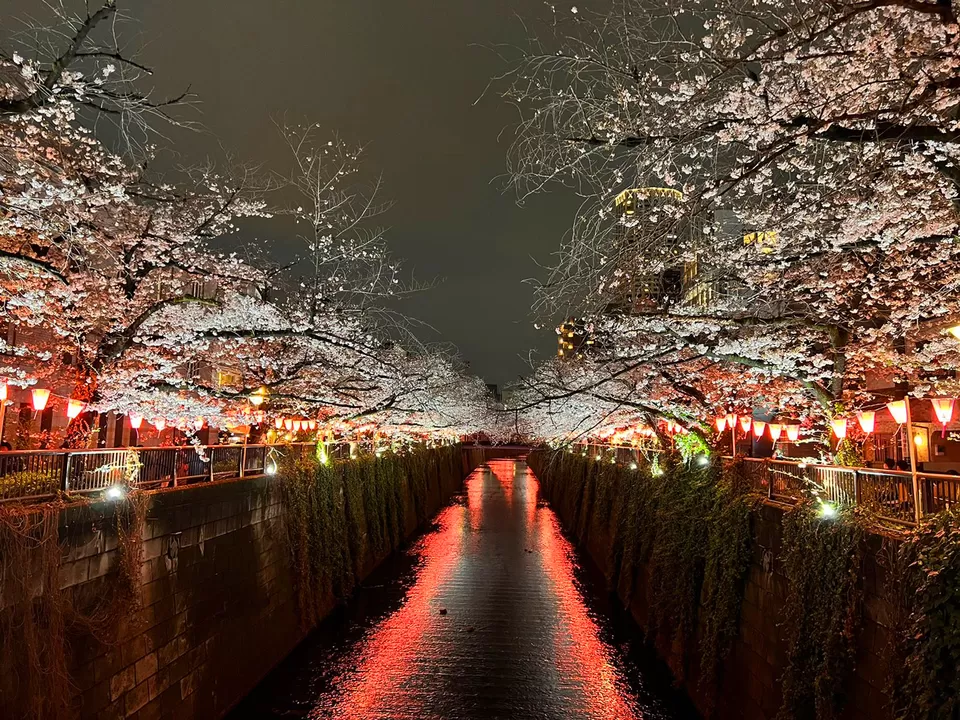
... "Memories by the Meguro-gawa" ...
I’m often told, “Fall in love with the journey, not the destination”. As much as I utterly believe in it, I want to unabashedly admit that I loved the journey because I was already in love with the destination. Though this was my third trip to Japan, the anticipation and excitement of being there far exceeded the previous two.
Flying across Asia from India, my first time in Tokyo was in October 2019, to attend a conference. My first reminiscence of the place after touching down Narita Airport, is of my introduction with an English-speaking Japanese boy, only a few years younger to me, who had volunteered to receive me at the airport and guide me to my hotel. He greeted me with a wide smile, offered to lend me a hand with my baggage and said, “Japanese are very kind you know?”
“Japanese are very KIND.” I had heard about it, and was so surprised that it was indeed the very first thing to hear after landing in Tokyo, from a Japanese himself.
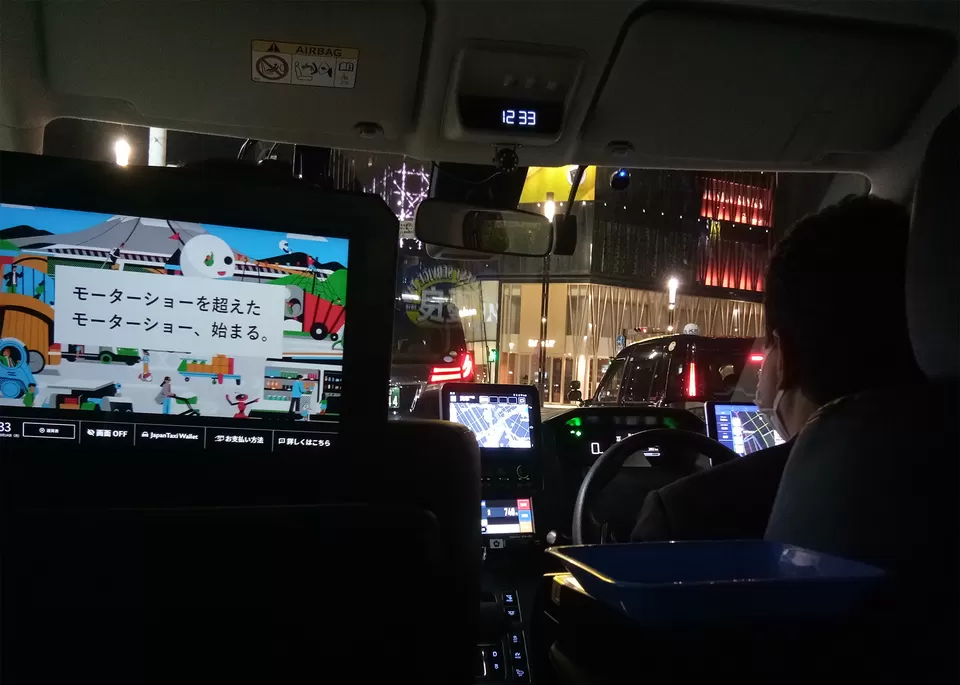
It was past midnight and I still remember the feeling of astonishment with which I was looking out of the window of my automatic taxi door from the back seat, as it zoomed from the airport to the hotel, on polished roads passing by several well-lit lanes, immaculate buildings and glittering skyscrapers. More than half of Tokyo was asleep, but even in those wee hours of autumn, I immediately felt comfortable and settled into the new vibes of the city.
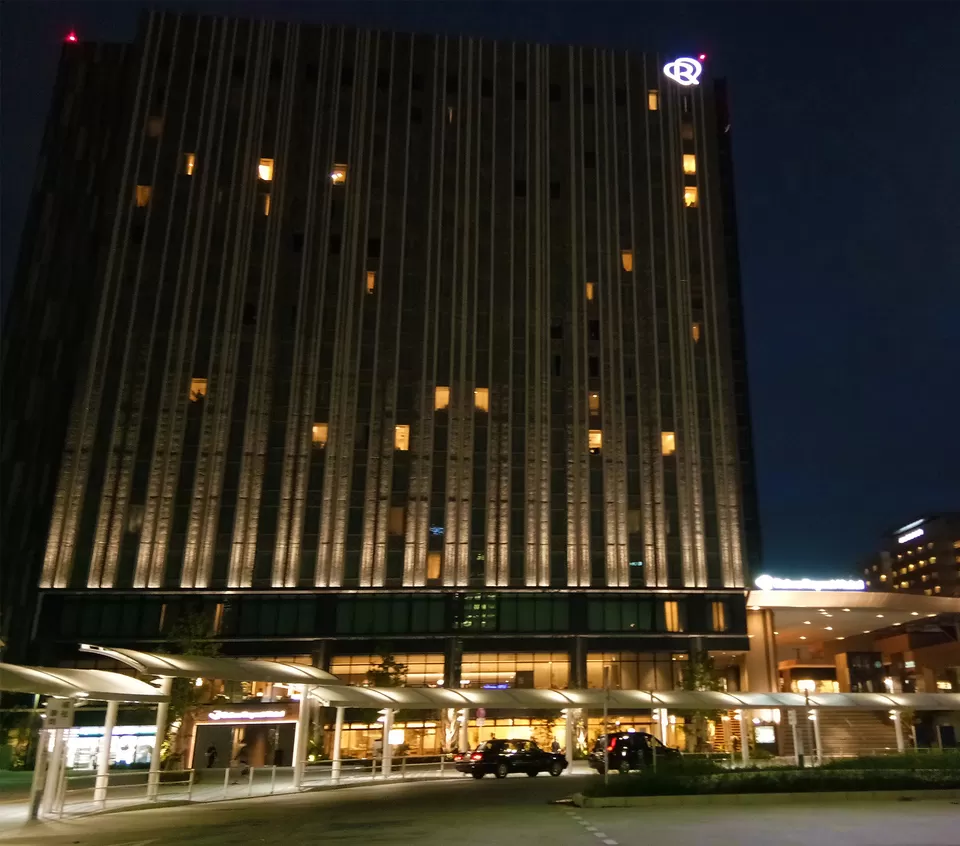
The next three days were going about the usual business of a conference, when I picked up on much essential Japanese etiquettes – bowing to each other, always standing on the left side of an escalator, no speaking aloud inside trains, saying ‘itadakimasu’ before food, learning chopstick manners, being exceedingly punctual, behaving utmost politely and so on. With these key takeaways from my first visit, I came back a second time in February 2020 for training at a research institute. During this time I observed a lot more.....
Tokyo’s buildings are amazingly ‘neofuturistic’ in the sense that they are built with seismic dampers to resist earthquakes. Even the famous bullet trains of Japan are made in such a way as to trigger emergency brakes onboard, as soon as detecting an earthquake. Most of its people do not know English but communicating is not at all a problem – we can use ‘translator’ devices and they will go out of their way to help foreigners.
There are ‘coin’ laundries with rows of washing machines and dryers in every residential neighbourhood, where we just have to insert a few ‘yen’ currency coins into the coin-slots of the machines, to wash clothes. Incredibly, there are also ‘sneaker’ coin laundries to wash and dry shoes! We can conveniently book bus/train/flight tickets at the nearest 24/7 ‘convenience’ store. There are vending machines everywhere for all sorts of things like chocolates, juices, ramen, burgers, bananas, surgical masks, prayer cards, flowers, T-shirts and even umbrellas! Well, the list of things that gobsmacked me here are simply endless and I can go on and on and on..... I fell madly in love with almost anything and everything ‘Japanese’.
Every morning, I saw the bare branches of a tree in the backyard through the window of my apartment, and pepped up at the thought of seeing the first ‘cherry blossom’ buds appearing on the tree as winter was wrapping up, fully giving way to spring. Albeit, little did I imagine that I would be packing my bags and leaving much sooner; Hokkaido in northern Japan had declared an emergency and it was only a matter of time before Tokyo and the rest of the prefectures would follow suit – spread of nCovid19!
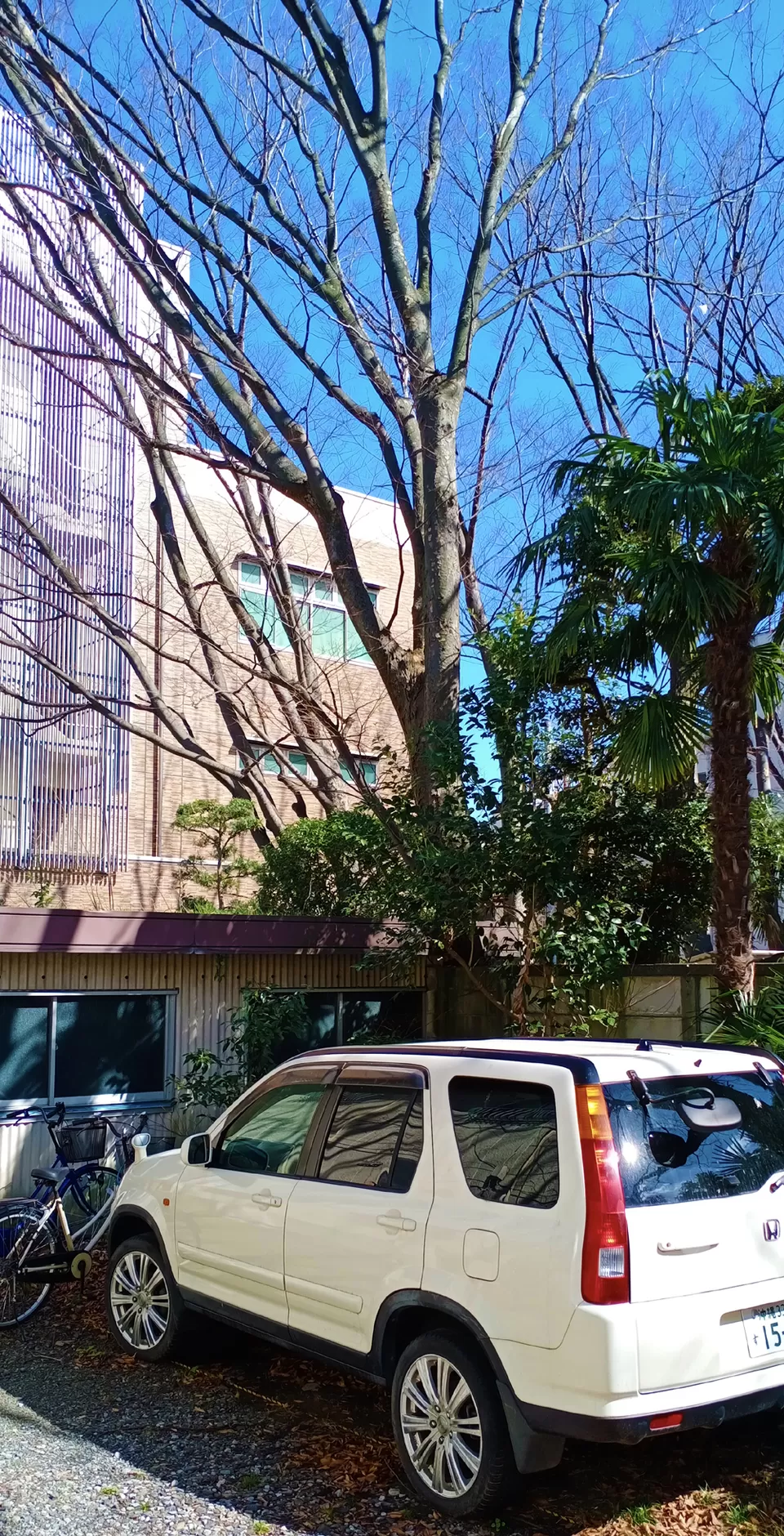
Fast forwarding three years from there, it was March 2023 and I was on flight ‘All Nippon Airways’ again flying across the continent from Delhi to Tokyo. I had a mixture of thoughts, during the 8-hour journey. I remembered so many things, like buying food at ‘7-Eleven’ every day, using the ‘Suica’ card to access local trains, the mindboggling flavours of KitKat (strawberry, banana, blueberry…), using both hands to receive or give money, using LINE app instead of Whatsapp, and of course their smart TOTO washlets.
I can’t say enough about how elated I was to catch my first glimpses of the pink cherry trees after getting out of the airport. So many times during these three long years, I remembered that tree in the backyard and thought how I had just missed the sight of cherry blossoms, or ‘sakura’ as it is known locally. Watching cherry blossoms over and over in ‘Anime’ during the lockdown only intensified my longing for sakura. When Japan finally announced fully opening up with absolutely no covid-related restrictions, I couldn’t resist setting out on my own ‘quest’ for cherry blossoms in this country.
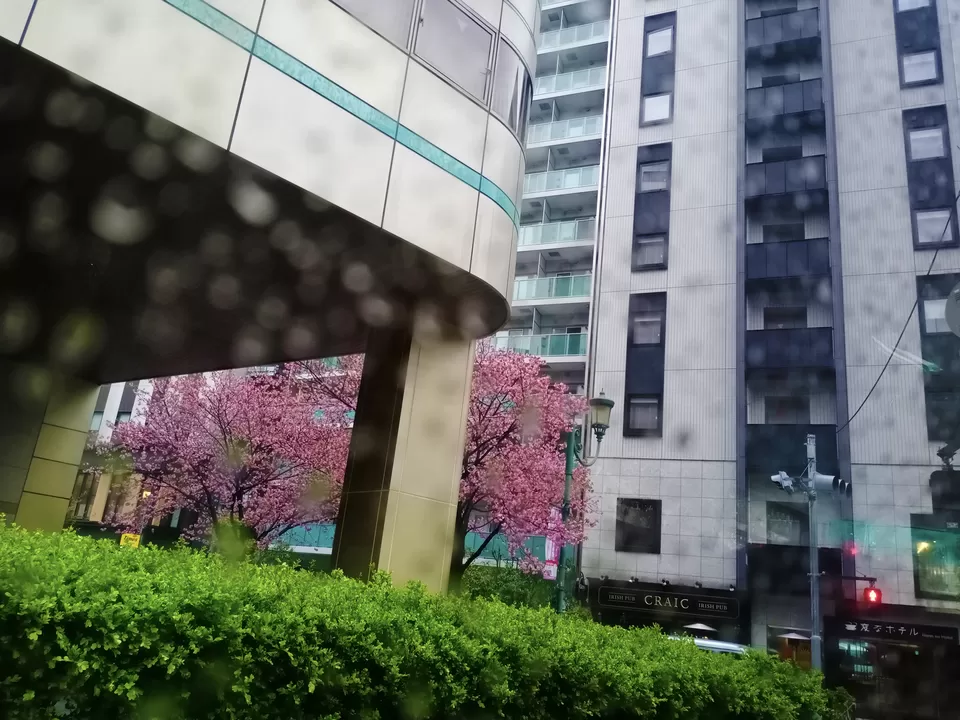
The soft & fluffy blossoms of sakura, artfully paint the entire island nation of Japan, in beautiful shades of rosy pinks, creamy peaches and pearly whites…
The informal national flower of Japan, cherry blossoms (Sakura) which have immeasurably stolen the hearts of the Japanese… is a flower that attractively blooms just once a year during spring, and then disappears the rest of the time, only to show up again with the same dose of regality the next spring.
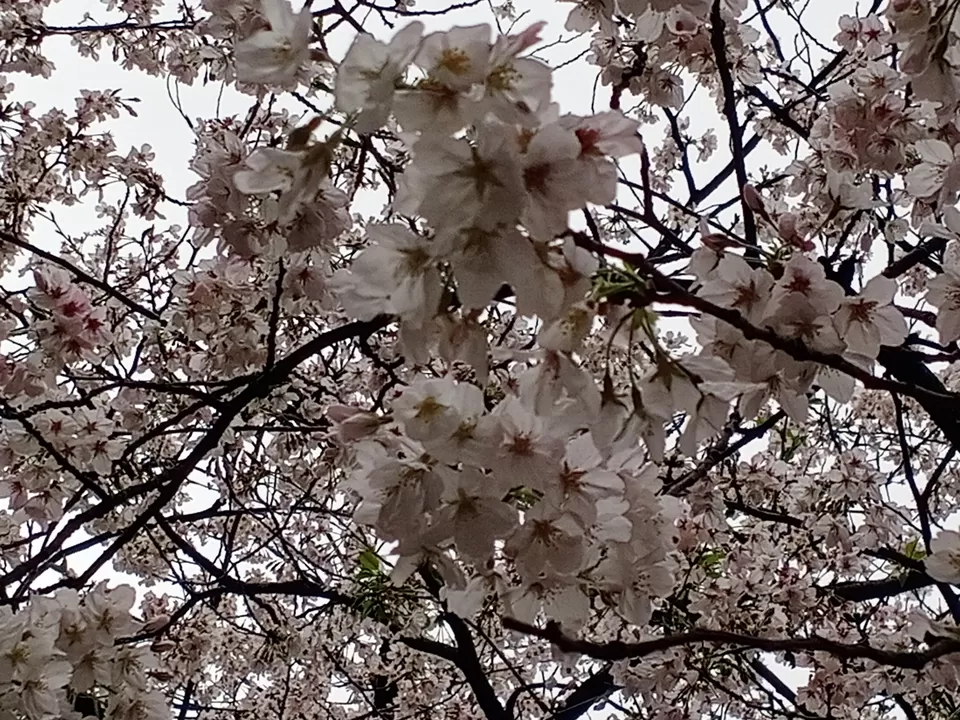
Japan is the country which customarily began celebrating the oncoming of spring in the form of ‘cherry blossom festival’, which lasts from late March unto early April.
While Japan is not the only ‘sakura’ destination in the world, cherry blossom lovers have got a number of places to choose: from South Korea and Taiwan, to London and Edinburgh, till New York and Washington DC.
Albeit, Japan remains the indomitable hotspot of cherry blossoms!
The Sakura Festival is not merely a one-time annual affair to party-n-play under the ornamental trees, but has got a profound meaningful existence in Japanese society. This short window of blooming is looked upon with gaiety, for it is seen as a ‘magic wand’ of revival and renewal in everyone’s life.
Immersing in the spring tales of Japan cheerfully filled with cherry tales, imparts a deep sense of comfort and manages to captivate its viewers, century after century, and generation after generation. Families get busy preparing for their much awaited get-togethers and picnic-lunches, below the low hanging branches, in the innumerable festive cherry tree parks – a centuries-old social practice called hanami which means ‘cherry blossoms viewing’ in Japan. This timeless tradition is carried into modern day lifestyles with unwavering grace and dignity.
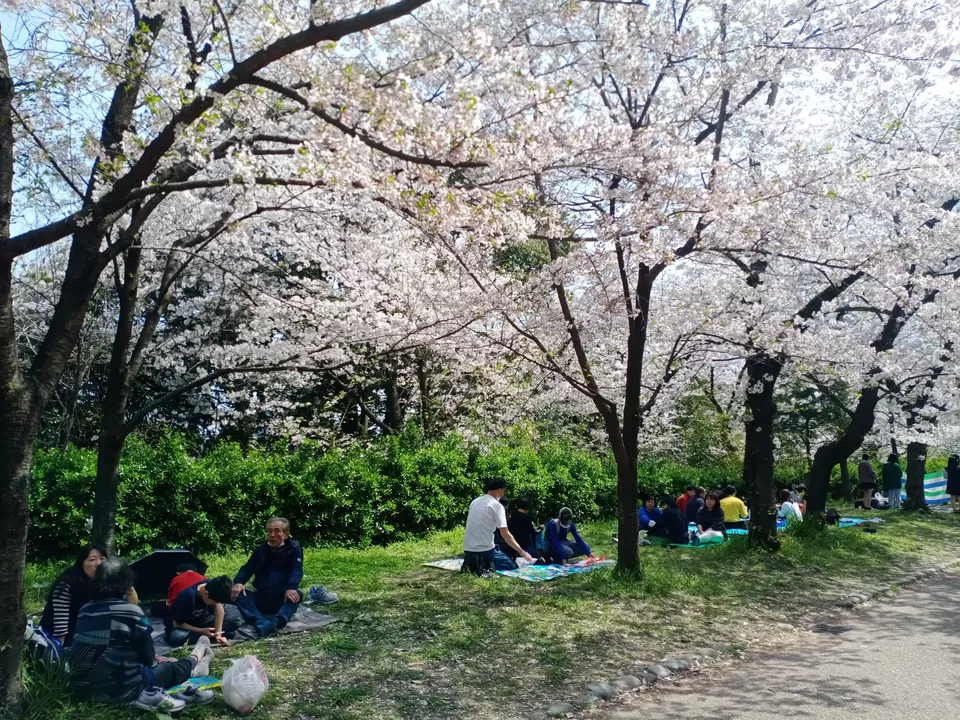
An opportunity to have a bite at the cherry, people blush in front of flushes of cherry petals– their perfect ‘instagrammable’ moment!
Well, the magical ‘aura of sakura’ combined with the fantastical order of life in Japan, escalates the ‘pinked’ perceptions of these flowers, leaving an indelible impression and lasting mesmerization in all.
And thus, the very first place that I went to, for ‘sakura-viewing’, is Meguro-gawa or River Meguro, the most iconic spot for hanami, in the heart of Tokyo city.
As soon as I reached there later in the evening, I felt like an ‘Alice in Wonderland’. The entire place looked bejewelled; with beautiful cherry trees overhanging on both sides of a narrow river canal, illuminated pink-yellow lanterns along these trees forming dazzling columns of reflections on the edges of the clean streamlet, and in concert rendering a rosy glow to the peachy blossoms above them. A slight drizzle and cool breeze, causing branches to sway gently, from which delicate petals shaken off can be seen drifting in the air like ‘petal flakes’ before settling down on the surface of water – all this against the backdrop of the dark evening sky was truly entrancing!
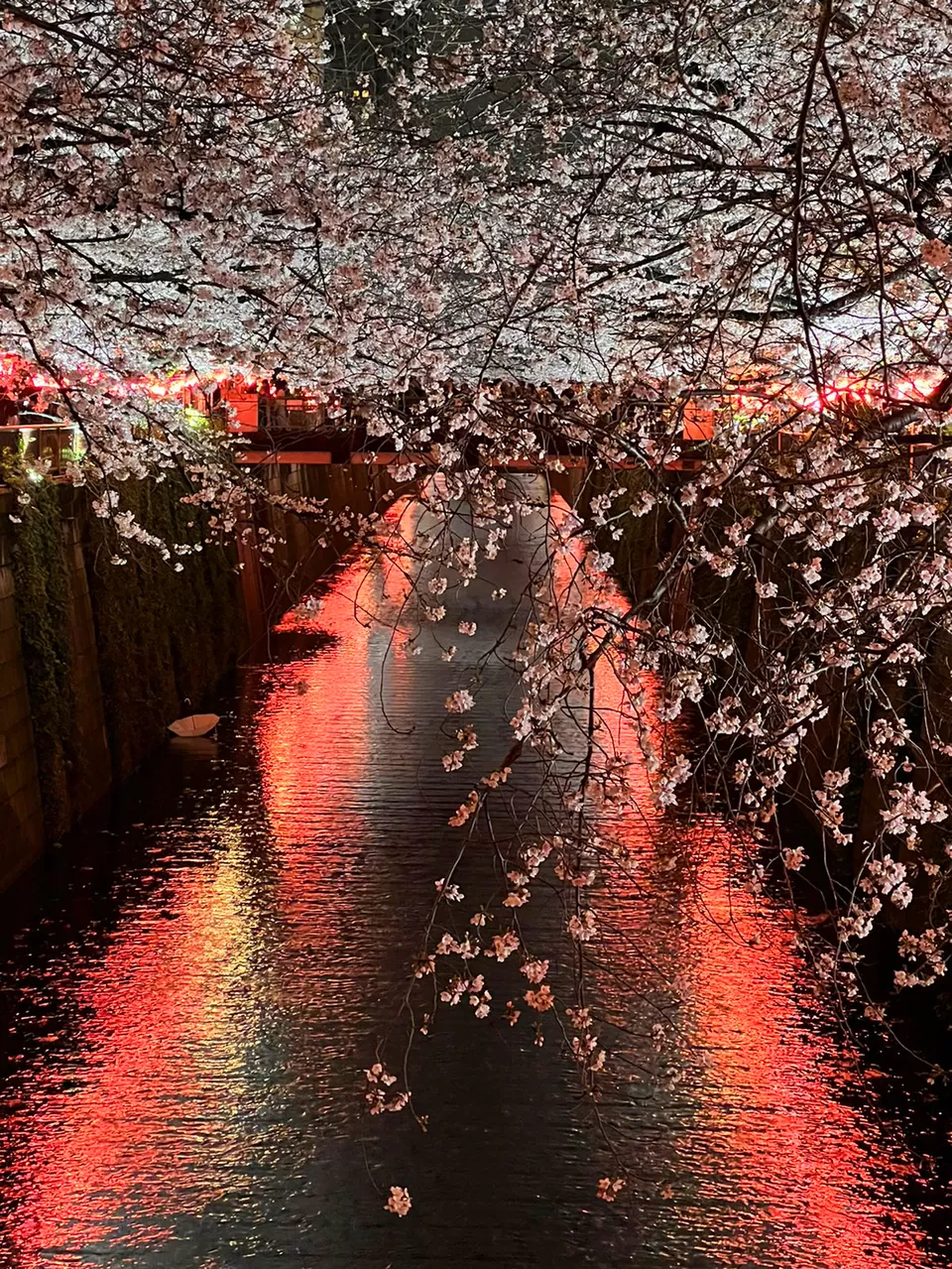
Meguro river, also nicknamed as ‘sakura river’ is a calm waterway, 8-kilometers in length that begins in Musashino Plateau in western Tokyo. It meanders through many plush residential and corporate neighbourhoods before pouring into the Tokyo Bay. It is said that during the erstwhile Edo period, people would ‘purify’ themselves with water from Meguro-gawa before going to worship at the Meguro Fudoson Temple.
It is the ‘Nakameguro’ neighbourhood which is lined with a thousand cherry trees (4 km) that turns into an impressive festive spectacle when the trees burst into decorative blooms between March to April, after a long spell of winter every year.
This part is an underground storm drain, whose surface level has been landscaped into a shallow creek by diverting a little water. There are many bridges at regular intervals from where the best views of the flower canopies that form over the river can be captured.
The entire flower corridor has been aesthetically enhanced by laying pedestrian pathways on either side on the river banks, which become pleasant urban green spaces when fresh leaves eventually replace blossoms that fall off within a couple of weeks. Smitten by the prepossessing flowers, people usually flock this place, owing to the popularity gained for its romantic riverside dining ambience; with innumerable galleries, sweet marts, restaurants, gift shops, cafes and bars. It should therefore be of no surprise to see a sea of people rejoicing at the promenade during the most awaited sakura-season of the year.
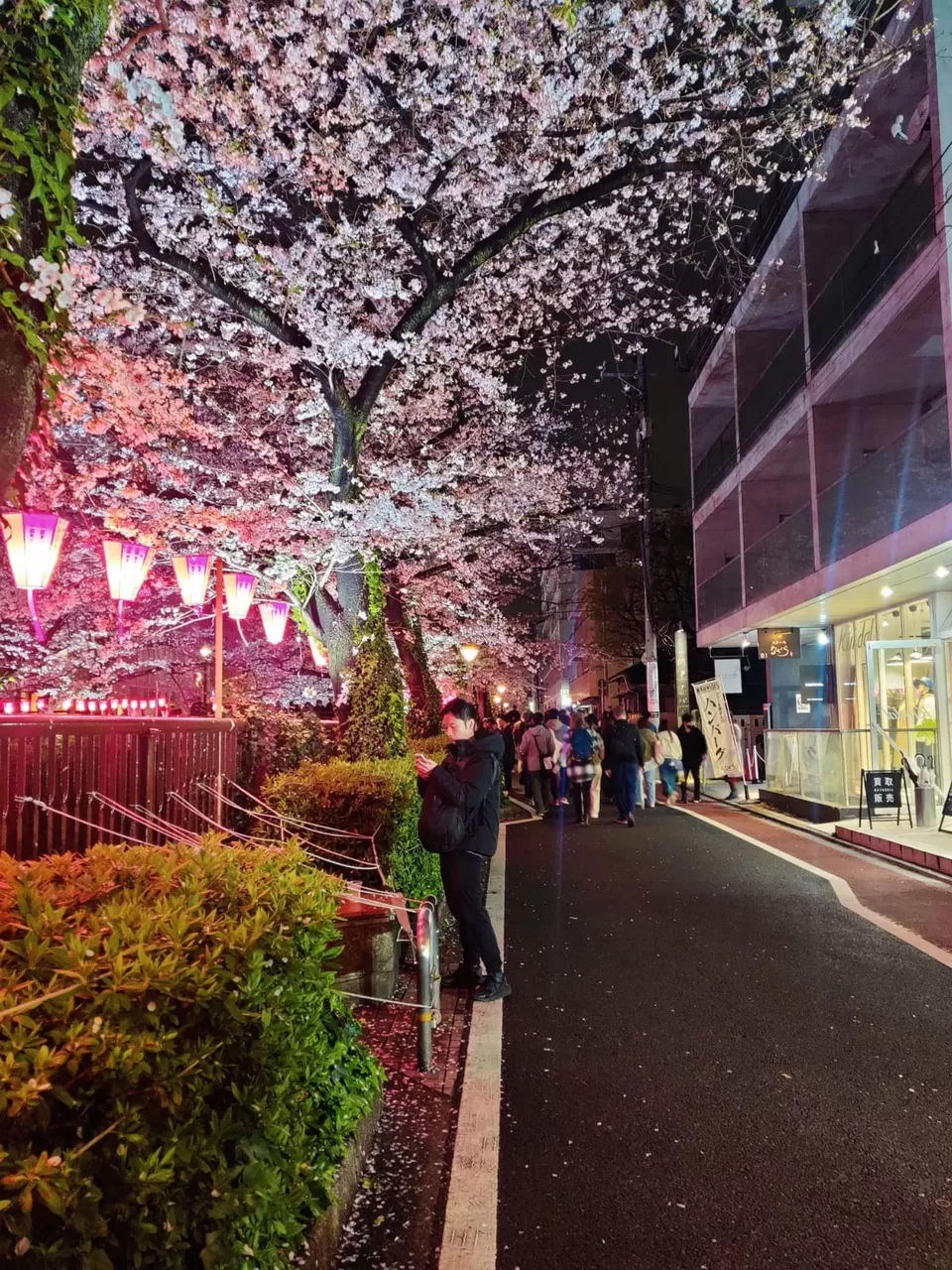
Here again, I did not fail to notice all of those Japanese characteristics which make them so unique and a world of their own…
Despite the colossal cheer among swelling crowds teeming in tens of thousands, there was no chaos, no noise; just innocent giggles and soft sounds of laughter all around. They happily stood in queues at cafes patiently waiting for their turn where there was no quarrelling, no shoving. They were mindful and respectful of everyone present, and showed genuine consideration towards those who were busy clicking photographs or even group-selfies, without hurrying or fighting for the same photo spot.
Loads of them wore face masks as a precaution although the rule mandating them during the covid pandemic had been lifted.
One quality of theirs that stood out for me was that no one bothered to touch let alone steal any of the numerous belongings that were carelessly left strewn below the trees while people were joyously making merry.
I strolled around for an hour and then stood at a point to take a close-up picture of a bunch of the charming five-petalled flowers on one of those trees when a young lady chirpily approached me and said, “Sakura are so nice, right? We Japanese love them.”
“Of course, who wouldn’t love them?” I replied. Looking at sakura, which are hailed as the harbinger of new beginnings according to Japanese tradition, filled my heart. I felt like I could at last pick up ‘pieces’ of my emotions which I had left behind three years ago.
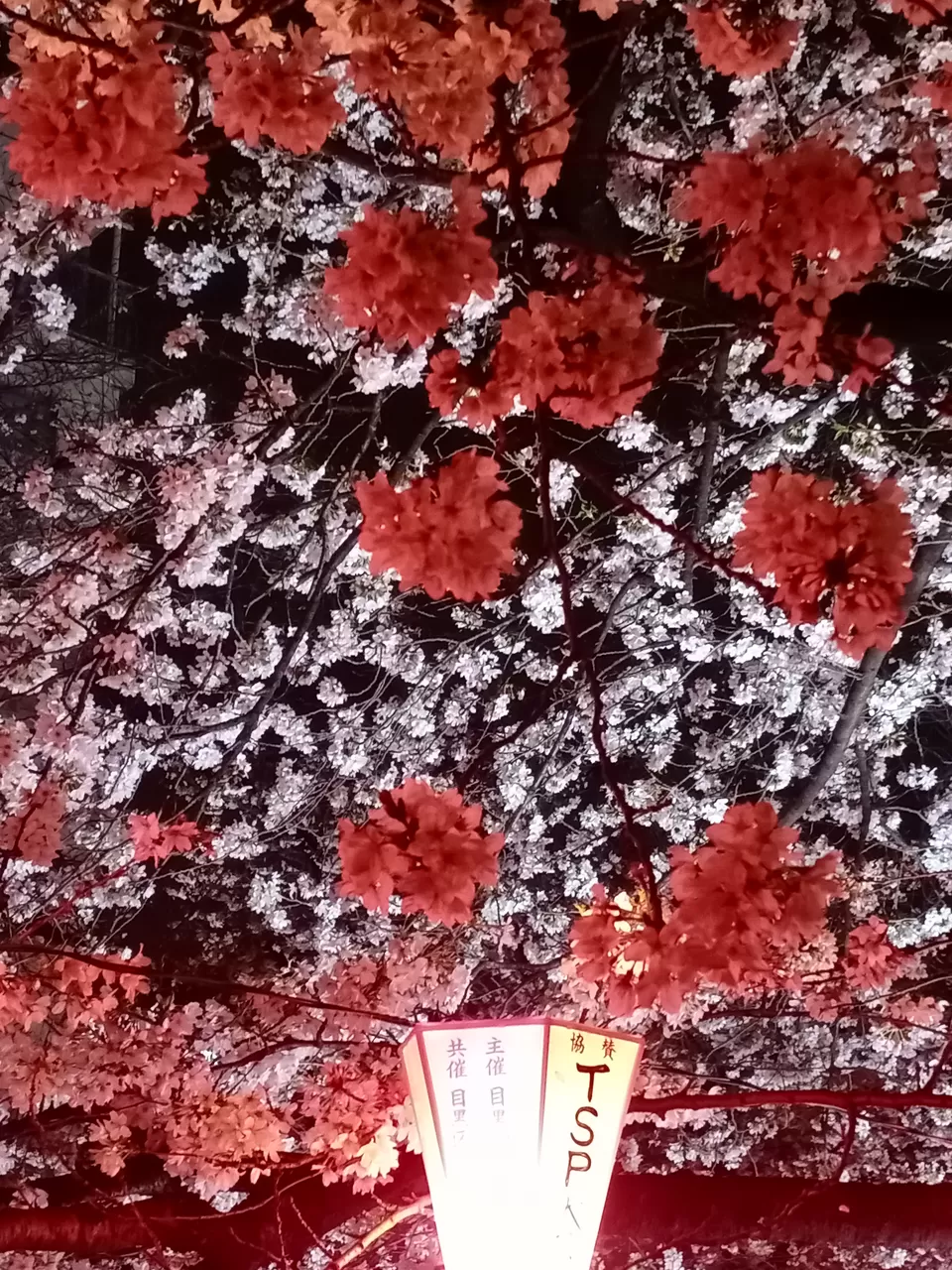
The Japanese obsession and overdose with sakura, is certainly not a fetish but purely a fascination that got infused into their cultural mosaic like no other flower! They have derived their ‘petals of wisdom’ of transience, regeneration, fertility and gratitude, from sakura to honor the close relation and unbreakable bond between human and nature.
There are more ways by which the Japanese express their never-ending adulation and aggrandize ‘sakura’ – through engaging works of art, craft, poetry, music, and folktales. A plethora of consumer goods (like bags, stationary, clothes and accessories) bearing cherry blossom motifs sell like hot-cakes in this season. Sakura is also a useful ingredient as a mild flavouring agent in Japanese sweets and desserts. Sakura extracts are also common in cosmetics like skin crèmes and perfumes.
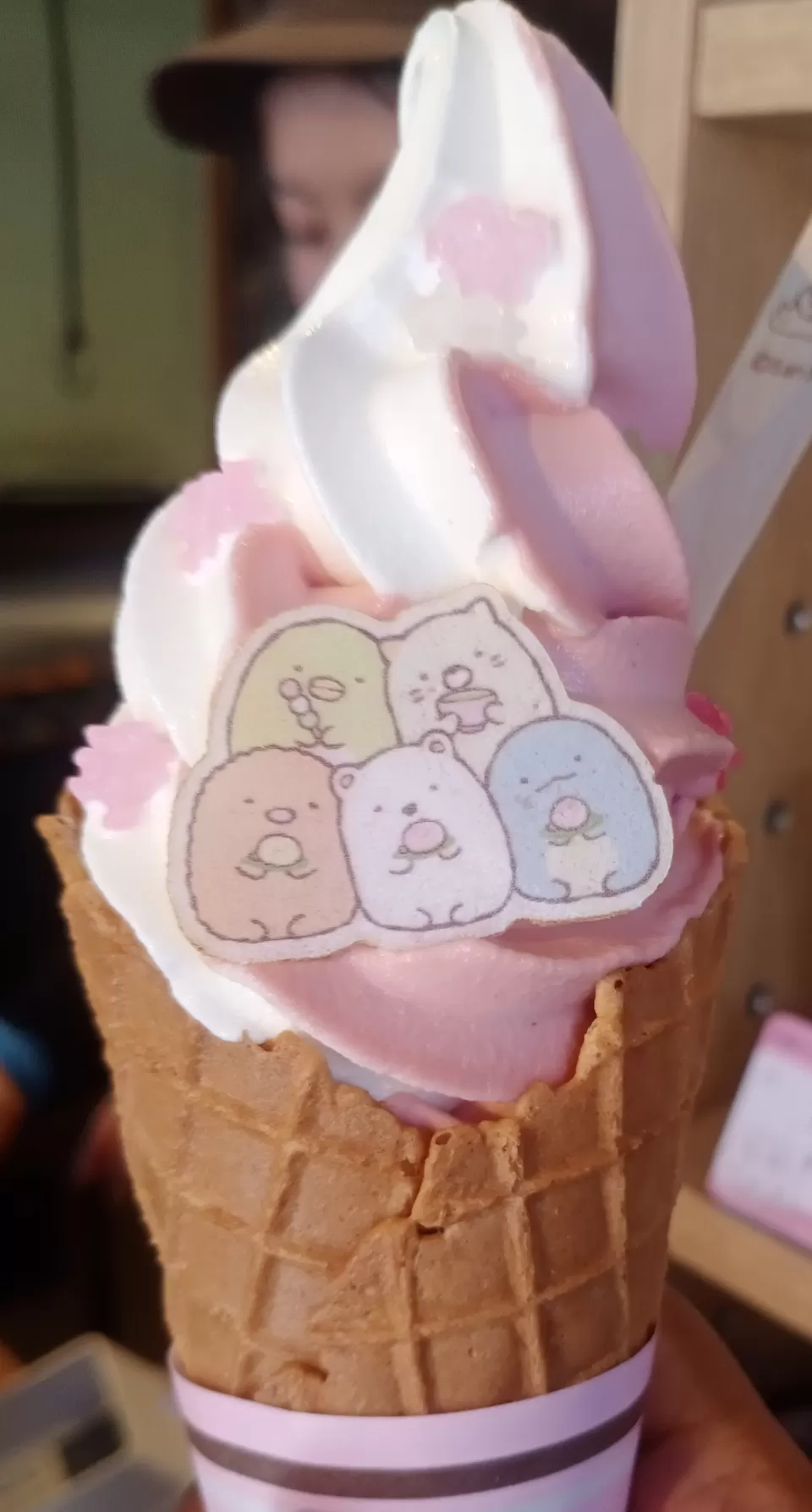
In the following days of my trip, I visited many other parks, boulevards, shrines and gardens that are famous for cherry trees, each superseding the other in terms of hypnotic allure and knock-out beauty; but in my heart of hearts, the candyfloss-like sakura at River Megura, is the cream of the crop that tickled me pink, pulling no punches!



